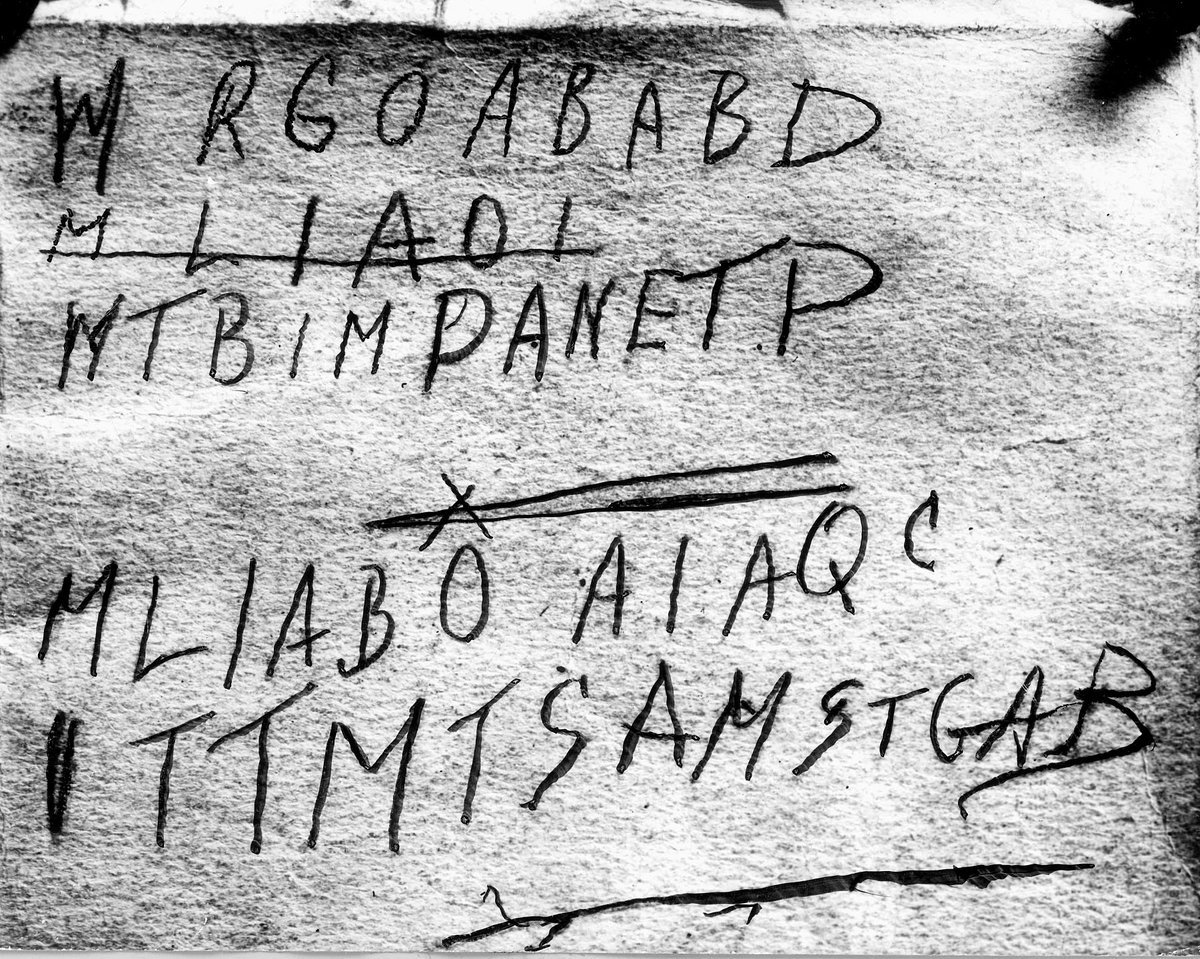
On Thursday morning, around dawn, a small excavator began carving into a patch of earth at Adelaide's West Terrace Cemetery.
Flanked by police and under the eye of a throng of media, the machine carefully removed into the topsoil, digging toward the remains of a person long-buried. A person whose headstone reads simply, "Here lies the unknown man who was found at Somerton Beach, 1st December 1948."
That man is the source of one of Australia's most enduring mysteries.
His body was found on the sand at Somerton Park beach, near Glenelg, at around 6:30am. He was lying face-up, with his ankles crossed and his head resting awkwardly against the seawall. He was middle-aged, and reasonably well dressed in a suit, button-up shirt and leather shoes.
But he carried no wallet, the labels had been removed from all of his clothing, and there were no missing person reports for a man matching his description.
For more than seven decades, the identity of the so-dubbed Somerton Man and the cause of his death has remained unknown (the rumour mill had him pegged as anything from a Russian spy to a member of the criminal underworld, even a forlorn lover). But now, South Australia Police are hopeful they may solve the mystery courtesy of modern DNA technology.
The state's Attorney-General recently granted permission for his remains to be exhumed for forensic analysis. It's hoped a DNA profile, when compared to those in various databases, will uncover relatives of the man and provide a path to trace his identity.






























































































